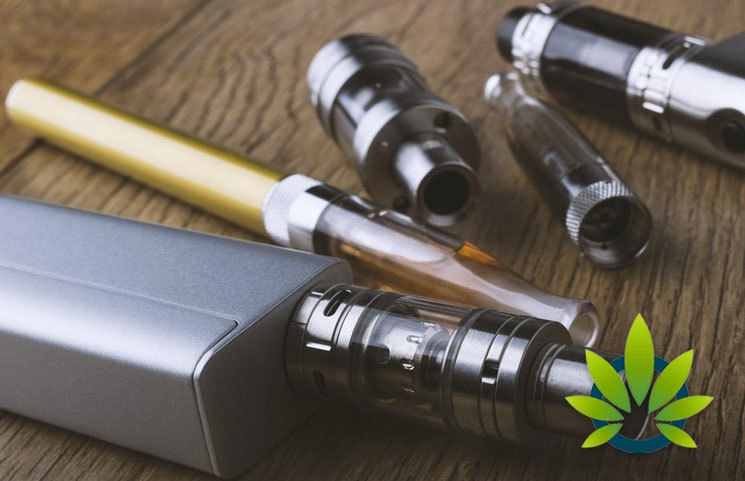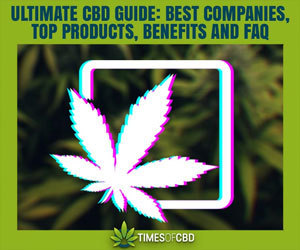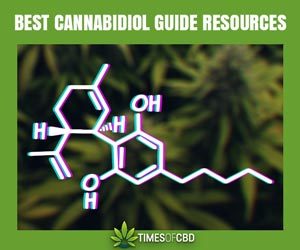Cannabis News
As Vaping Risks Rise, How To Know If Your Vape Pen Is Dangerous?

- Avoid vape cartridges that include artificial ingredients.
- Vape pens with unhealthy chemicals can cause throat issues, including cancer and bronchitis.
There have been numerous reports of damage that vape pens can cause to the lungs or even in their own mechanisms. These instances are hardly circumstances of chance but are (in many situations) preventable. In a new article from The Fresh Toast, consumers are advised to stay away from vape products that mention “artificial” or “enhanced with terpenes” anywhere on the label.
When it comes to using cannabis, there are some users that prefer the feel of vaping, reducing their likelihood of coughing. However, some companies include chemicals in their vape pens that put the user at risk of bronchitis, popcorn lung, cough, and even respiratory cancer.
Emma Chasen, the co-founder of Eminent Consulting, explained that there are several chemicals that consumers may notice in their vape pens. Some of those chemicals include:
- Propylene glycol, which makes the oil in vape cartridges and pens less viscous, but it can become formaldehyde when heated.
- Synthetic/artificial terpenes, which can be included to improve flavor but create a carcinogenic compound.
- Pesticides, which can be safe to digest but not to inhale when heated.
Another problem that Chasen urges users to consider is the wick, which is the heating element in the vape pen. While not all vape pens have this piece, the wick can be made from ceramics, silica, and cotton.
Chasen warned, “Depending on how high the vape pen temperature can reach, the wick may burn and produce harmful chemicals.”
The best bet for consumers is to examine the label, ensuring that it contains language like “full spectrum CO2 extract.” By having this phrasing, the user can confirm that they are getting the full benefits that the cannabis plat offers. If the word “artificial” or “enhanced with terpenes” appears on the label, that is a sign to stay away from the product for as a health and safety precaution.
There are some companies that claim not to use propylene glycol, which Chasen says can be confirmed or denied by turning the cartridge upside down. Propylene glycol is likely present if the oil starts running to the other side. However, if the oil is thick and unmoving, it probably doesn’t have propylene glycol in it.






